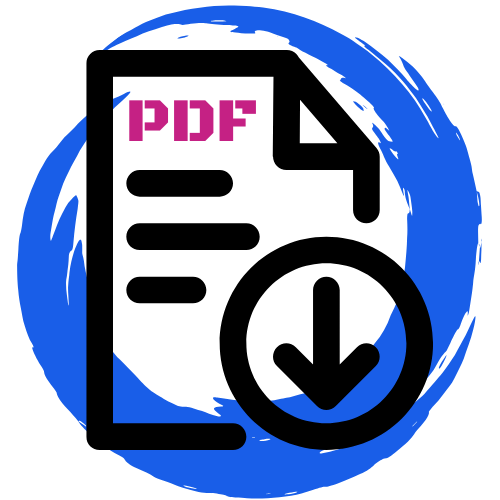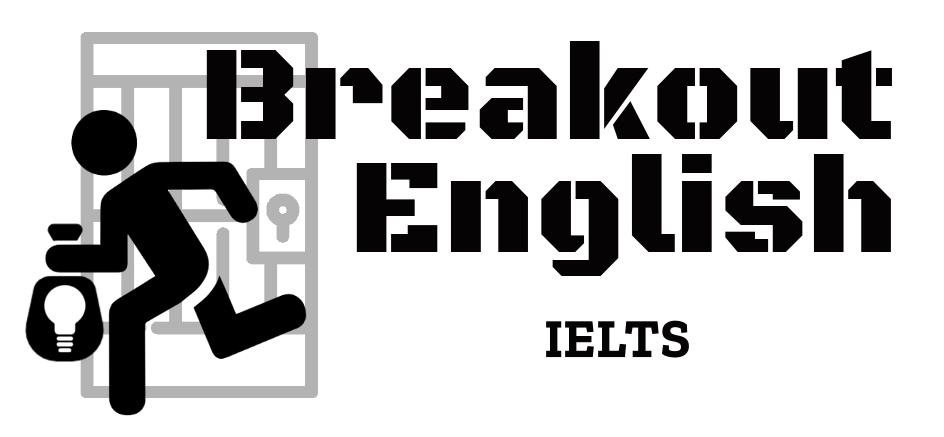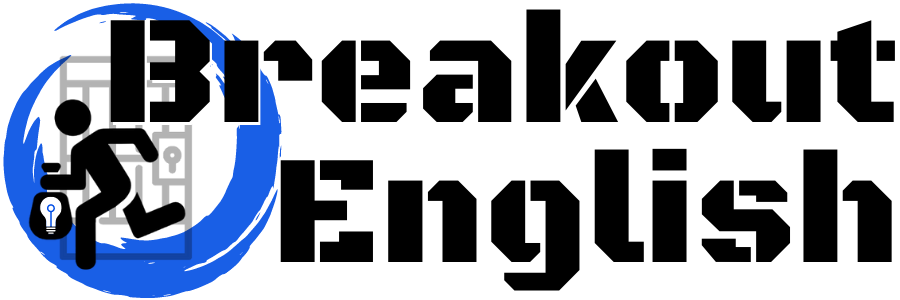Writing Part 1 of IELTS: Academic features writing a 150 word description of a graph or a process. To succeed in this writing task, you have to give precise and clear details about the graph that you are provided. This is very specific language, but once you’ve done it a few times, you can rinse and repeat until you have to produce your final writing in the official IELTS exam.
Once your students get to a B2 level and beyond, writing reports is a staple task type in almost all official exams whether it be IELTS Writing Part 1, Cambridge exams or Trinity ISE exams. So describing change and surveys is an essential language point for pretty much any exam candidate in training.

When writing for IELTS Academic Writing Part 1 or reports, your students will either have data provided to them in the exam, or they should be inventing something to use as evidence. However, you probably don’t want to be inventing specific statistics which are going to sound made up.
After all, 77% of statistics are 28% false.
An examiner also isn’t going to award points for made up numbers.in fact, you can be penalised for irrelevancies, so make sure anything you write is connected to the graph provided or the topic of the report. However, there is a huge variety of language used to describe change, including some really juicy verb+adverb collocations, which might just grab an examiner’s attention if used well.
Contents
Describing surveys
Surveys and the statistics they provide are the building blocks of a good report. Whatever you need to prove or recommend should be supported by solid evidence.
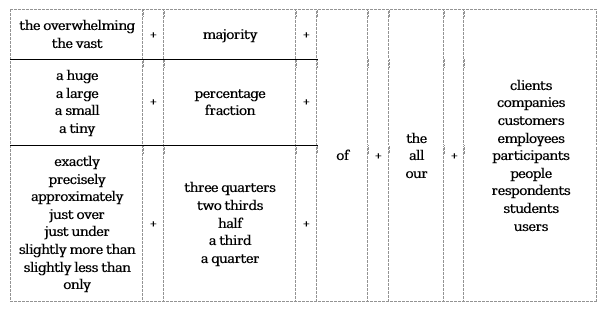
Describing change
Describing change is not only limited to reports. There’s room for this language in essays, formal letters or even articles. And once topics start to get more complex at C1 level, describing change could become invaluable during the speaking exam also.
When marking scales refer to abstract concepts and complex language, this is one of the things that they mean. Mastering it doesn’t come easy, but with a little practice, your students will be reaching their peak in no time.
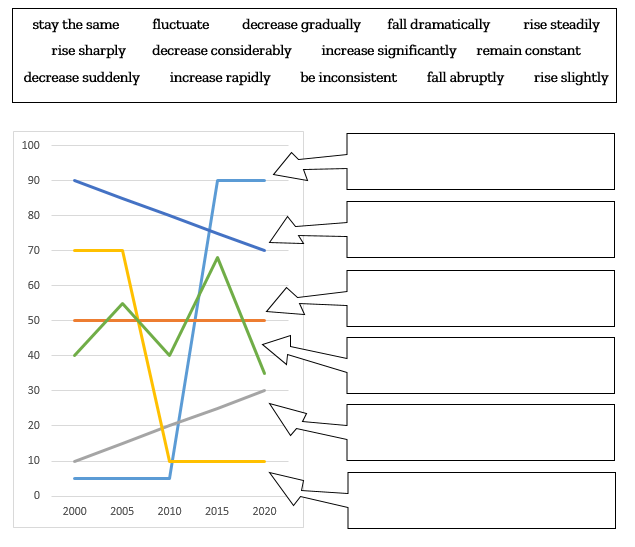
The materials
Both lessons start out with a quick chat to introduce the topic of technology and change. They then work on the target language before discussing charts and graphs about technology using the language.
The data is slightly adapted, but real. It’s taken from YouGov, a British public opinion and data company, and a Washington Post article on technology trends.
I’ve split up the describing surveys and describing change language. There’s quite a lot of language to take in, so be aware of how much your students can handle before throwing it all at them.
A fun follow-up from describing change language is to have students create their own graphs about whatever topics you can brainstorm as a class. They then have to describe the graphs to their partner who attempts to draw them based on the description.
Following this lesson, give your students a writing task from IELTS Writing Part 1 or a report from a Cambridge or Trinity exam.
EXAM PART: IELTS Academic Writing Part 1, writing reports
EXAM SKILLS: Describe and explain data, summarise and explain information, discussing abstract topics, using complex language, writing a factual text for a specified audience
TOPIC: Technology
TIME: 30-45 minutes per worksheet
PREPARATION: One copy of the worksheet per student, charts and graphs could be projected rather than printed
Download
